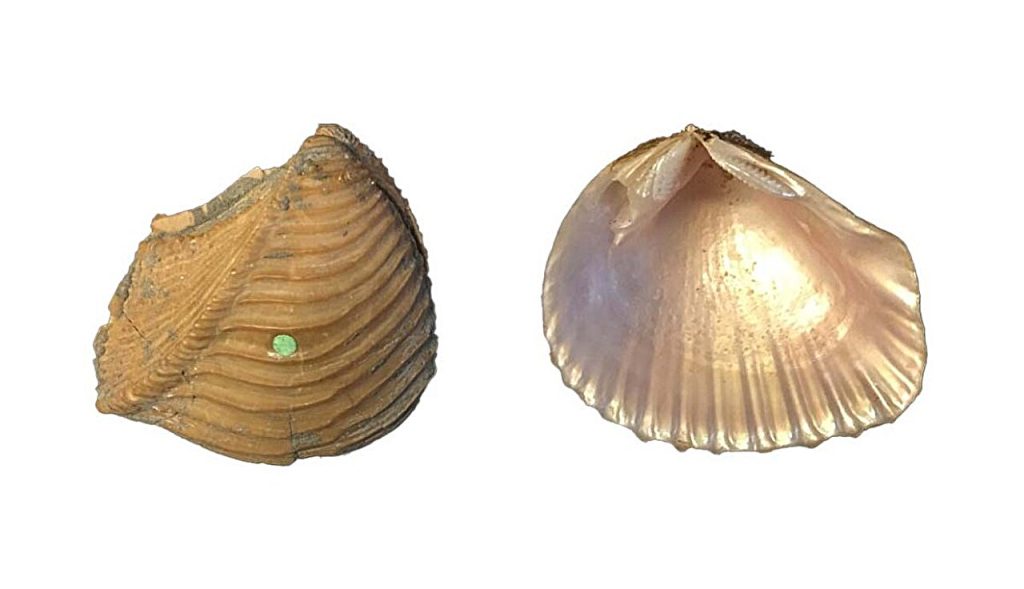The Cretaceous–Paleogene (K-Pg) extinction, which wiped out the dinosaurs 66 million years ago, marked one of Earth’s most dramatic mass die-offs....
Vous n'êtes pas connecté
Rubriques :
 - WN.COM - Science - 28/Jun 18:26
- WN.COM - Science - 28/Jun 18:26
US scientists reveal how night lizards survived the dinosaur-killing asteroid
The Cretaceous–Paleogene (K-Pg) extinction, which wiped out the dinosaurs 66 million years ago, marked one of Earth’s most dramatic mass die-offs. Before this event, the planet thrived with dinosaurs, marine reptiles, and lush forests. Then, a six-mile-wide asteroid struck Mexico’s Yucatán at 43,200 mph, releasing energy beyond all human-made explosives combined and reshaping life on Earth. Unlike many species that survived the asteroid impact by having wide ranges or large broods, night lizards (family Xantusiidae) endured the K-Pg mass extinction despite their small broods and limited habitats, challenging existing theories of post-extinction...
Articles similaires
Digital fossil-mining finally reveals origin of squids
The findings suggest squids became important players in marine ecosystems long before the mass extinction 66 million years ago that wiped out...
Digital fossil-mining finally reveals origin of squids
The findings suggest squids became important players in marine ecosystems long before the mass extinction 66 million years ago that wiped out...
How pterosaurs can inspire aircraft design
Pterosaurs were an amazing group of flying reptiles that occupied the skies around the same time that dinosaurs roamed on land. Appearing in the...
How pterosaurs can inspire aircraft design
Pterosaurs were an amazing group of flying reptiles that occupied the skies around the same time that dinosaurs roamed on land. Appearing in the...
Ancient asteroid extinction may help save today’s shellfish
Clams, mussels, oysters, and scallops are not just dinner menu staples—they’re also key players in marine ecosystems. These bivalves filter water,...
T. rex: slow, feathered? New study disappoints kids, rewrites dinosaur story
New research indicates the T. rex likely had feathers, challenging prior beliefs. For a long time, popular depictions showed dinosaurs as dull, scaly...
T. rex: slow, feathered? New study disappoints kids, rewrites dinosaur story
New research indicates the T. rex likely had feathers, challenging prior beliefs. For a long time, popular depictions showed dinosaurs as dull, scaly...
Dog-sized dinosaur fossil that roamed among giants, discovered by scientists
Scientists found fossils of a new, small dinosaur. This dinosaur, Enigmacursor mollyborthwickae, was about the size of a dog. It lived 150 million...
Dog-sized dinosaur fossil that roamed among giants, discovered by scientists
Scientists found fossils of a new, small dinosaur. This dinosaur, Enigmacursor mollyborthwickae, was about the size of a dog. It lived 150 million...
Les derniers communiqués
-
TauOne Unveils Hardware-Agnostic AGI Platform Powered by Quantum Symbolic Logic - Outperforming AI + QC Industry Roadmaps by Years
TauOne LLC - 26/06/2025
-
The All-in-One Ecommerce Platform Powering the Next Generation of Online Entrepreneurs
Sellvia LLC - 26/06/2025
-
TELE-NET Advances AI-Driven Coaching to Strengthen Agent Performance and Service Quality
tele-net America Corporation - 26/06/2025
-
Connecticut Small Business Owner Doubles His Capacity With Innovative Financing From Lendistry
Lendistry - 26/06/2025
-
Huron, ECG, and SimiTree score highest in client satisfaction as demand surges for consulting in denials prevention, outsourcing transitions, and enterprise-wide AI readiness
Black Book Research - 26/06/2025
-
Top EHR-Native Patient Accounting Systems Named by Black Book Research: Epic Resolute, MEDITECH, and TruBridge Lead Across Hospital Segments
Black Book Research - 26/06/2025
-
TECO Unveils New Website Highlighting Custom Flow and Analytical Solutions and Industrial Instrumentation
Thompson Equipment Company - 26/06/2025
-
Worldwide Banners Launches Australian Platform, Offering Direct Investment in Brand Advertising Campaigns as an Alternative Asset Class
Worldwide Banners - 26/06/2025
-
Mental Health America of Central Carolinas Launches Inaugural Southeast Regional Conference on Mental Health
Mental Health America of Central Carolinas - 26/06/2025
-
AVTECH's Room Alert MAX Product Family Wins Prestigious 2025 MSP Today Product of the Year Award
AVTECH Software, Inc - 26/06/2025

